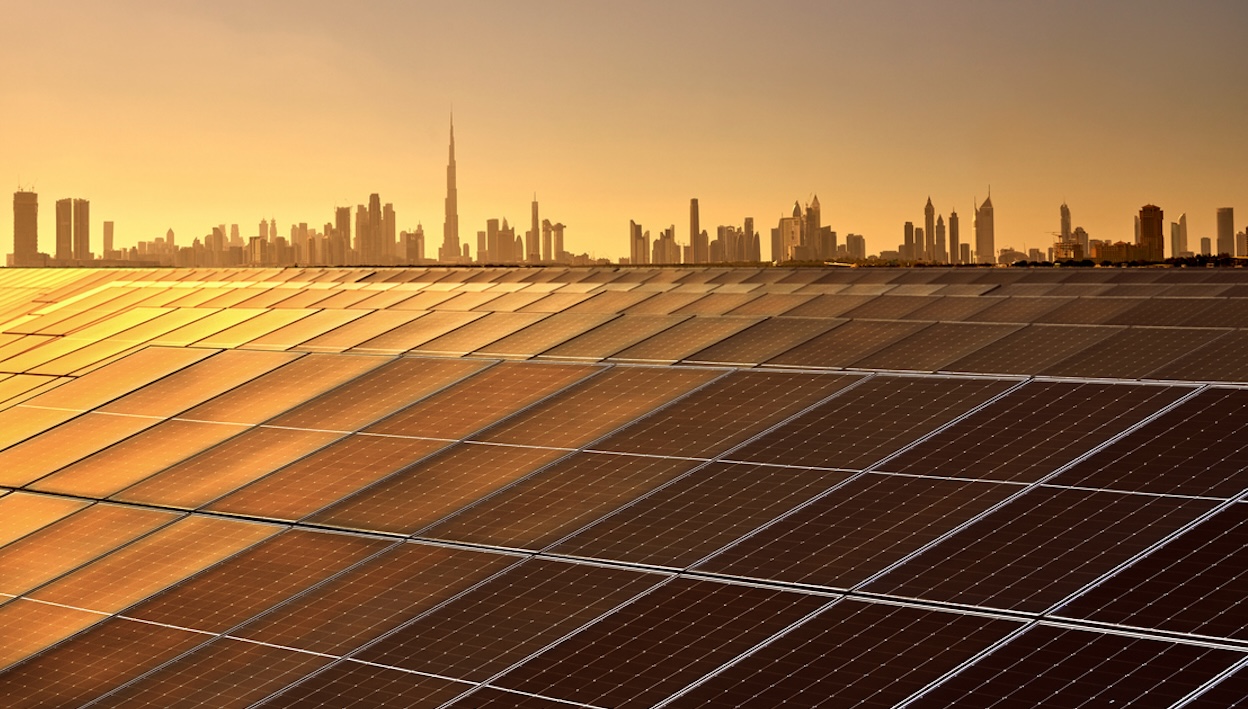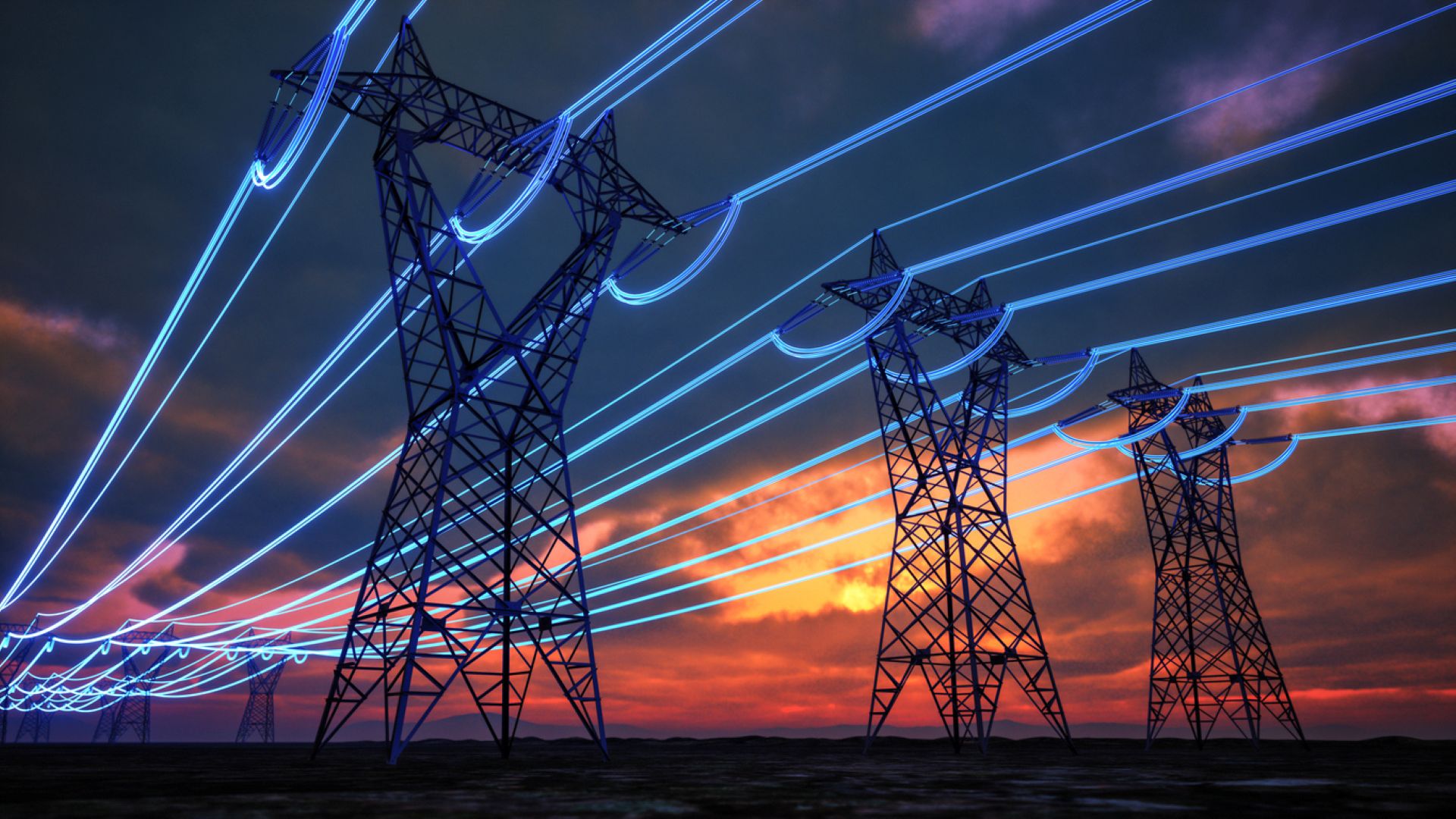Let’s say you’re a developing country whose power grid is saddled with inefficient oil-fired power generation and you need to electrify quickly to meet the needs of a fast-growing economy. You might build out your solar, wind, battery storage, natural gas, or all of the above — but who can you call for help and advice? Over the past 100 years, the team at GE Vernova’s Consulting Services has leveraged the company’s technical expertise to offer exactly such large-scale solutions to states, city-states, and even entire nations. Today, the task of this business intelligence focuses on electrification, in a world that increasingly seeks to build economies on the back of efficient, low-carbon electrons. The challenge comes in putting all the parts together and orchestrating a custom plan that fits each system’s needs. Sometimes that’s growth. Other times it’s decarbonization. But more often than not, it’s both.
The term electrification can carry nuanced meanings depending on the context — particularly when contrasting developed and developing economies. As Gene Hinkle, who leads the Power Economics team for GE Vernova’s Consulting Services, explains: “In developing nations, electrification usually entails the foundational expansion of the power system — constructing generation assets, extending transmission networks, and building out the grid to meet rising demand.” But in industrialized countries, he notes, electrification can also include transitioning existing manufacturing and transportation systems away from traditional fuels and toward electric alternatives. “The objective is no longer just expanding capacity and access, but also optimizing the power system: increasing efficiency, reducing emissions, and modernizing infrastructure.”
A deep, context-specific understanding of local energy systems is both rare and essential. And this is what GE Vernova’s Consulting Services does all day every day, conducting comprehensive studies of power systems to produce the high-resolution insights that are critical for designing tailored, actionable strategies that enable nations to develop energy systems that are stable, resilient, and future-ready.
The Consulting Services team comprises leading experts in power systems who analyze grid dynamics globally and build sophisticated models. These models account for a region’s unique energy mix, as well as local policy frameworks, regulatory environments, and economic variables. Because there is no universal blueprint for energy transformation. Each country faces its own set of geographic, economic, and policy-specific conditions. Following are three such examples.
United Arab Emirates: Decarbonization Through Solar, Storage, and Scale

For the UAE, the team has taken into account the country’s rapid economic expansion, evolving energy landscape, and long-term sustainability goals to develop a comprehensive energy road map that reflects UAE’s unique context. The nation’s robust growth forecast projects a 78% increase in electricity demand by 2050. Currently, the UAE’s grid is predominantly powered by traditional fuels — largely natural gas, with a portion still reliant on legacy oil. Yet the country has already established a meaningful base of nuclear energy and begun scaling solar, a natural fit for its high solar resource availability.
GE Vernova’s analysis recommends an ambitious but carefully balanced mix of technologies: 85 gigawatts (GW) of new solar capacity, 31 GW of open-cycle gas turbines powered by green hydrogen, 14 GW of combined-cycle gas turbines with carbon capture and storage, and 5.6 GW of additional nuclear capacity to strengthen the existing fleet. Notably, the plan also calls for the deployment of 21 GW of four-hour battery energy storage systems (BESS), which would play a critical role in supporting grid flexibility and reliability. This significant storage investment positions the UAE to capitalize on its solar potential by storing daytime generation for overnight use — further reinforcing its transition toward a low-carbon, renewables-led power system.
Because the UAE still faces the task of building out significant new generating capacity, GE Vernova’s Consulting Services team employed a forward-leaning strategy that reflects the UAE’s unique position as a fast-growing economy with substantial new capacity yet to be built, and seizes the opportunity to design a future-ready grid from the outset. In such contexts, the focus naturally falls on a least-cost pathway with high-impact investments that can simultaneously meet rising demand and decarbonization targets.
Japan: Reimagining and Revitalizing for the Energy Transition

But not all nations start from a blank slate. GE Vernova’s work in Japan illustrates the very different approach required for advanced economies with mature power systems. Even though the country has climate ambitions of its own, Japan’s pathway leans more heavily on retrofitting and optimizing existing infrastructure.
While this Asian powerhouse will continue to add capacity, it already possesses one of the most mature and extensive power systems in Asia, ranking as the region’s third-largest electricity producer. The challenge here is not foundational infrastructure development, but rather optimizing and transforming the existing system to meet the next generation of climate goals. In this context, emissions reduction becomes the primary performance metric.
To support this, GE Vernova’s energy transition consulting team modeled a suite of pathways that all result in lower emissions, but to varying degrees. The most impactful of these is the “Nuclear Restart” scenario, which combines expanded renewable energy with a revitalized nuclear fleet. This strategy achieves the steepest emissions reductions by midcentury and underscores the critical role of both clean baseload and intermittent renewables in Japan’s energy transition.
As a developed economy, Japan also shares structural similarities with European markets, where policy tools such as carbon pricing and emissions incentive mechanisms are essential levers for driving decarbonization. While economic growth continues, Japan’s core task is to reform and refine its existing system. Accordingly, GE Vernova’s recommendations emphasize not only carbon taxation but also advanced demand-side management strategies. These include time-of-use pricing and load-shifting incentives — tactics well suited to mature grids — designed to encourage behaviors such as off-peak electric vehicle charging and more efficient energy consumption patterns across sectors.
Vietnam: A Leapfrog to Renewable Energy

While countries like Japan focus on optimizing mature systems with sophisticated policy levers and demand-side flexibility, developing nations such as Vietnam face a fundamentally different task. Their energy transitions must begin with large-scale system creation, an endeavor that brings both structural complexity and the rare opportunity to build for the future without the constraints of legacy infrastructure.
For a country like Vietnam, strategies such as carbon pricing and demand-side management will undoubtedly become important tools in the years ahead. But the immediate priority is far more foundational: building generation capacity and the extensive transmission infrastructure required to connect it. This may seem straightforward, but it’s a critical and often underestimated aspect of energy transformation. You can build gigawatts of new solar and wind, but if that power isn’t effectively delivered to where it’s needed, the investment falls short.
One powerful mechanism frequently used in countries at this stage of development is the feed-in tariff (FIT), a policy tool designed to accelerate renewable energy adoption by guaranteeing producers a fixed price for the electricity they feed into the grid. FITs provide individuals and businesses with financial certainty, encouraging widespread participation in decentralized power generation.
Rooftop solar is another sector that shows promising momentum in Vietnam, a trend that mirrors the early solar booms in Europe and the United States. By offering favorable buy-back rates to property owners for surplus generation, FITs can catalyze even faster deployment, unlocking valuable distributed generation and reducing pressure on centralized infrastructure. As Vietnam’s grid continues to evolve, policies like these will be instrumental in both accelerating adoption and building a more resilient, inclusive energy system.
As Hinkle points out, each tailor-made solution must ultimately have its eye on the end state. The GE Vernova approach — rather than following old or existing policies — can help nations come up with a new policy that aligns better with their ultimate plan. “Forecasting where your system needs to be,” he says, “is essential to shaping the right generation profile for renewables and future goals.”
Explore the latest white paper, a roadmap showing how Italy can meet its 2030 and 2050 climate ambitions, here.
This is the second of a two-part series on the transformative work of GE Vernova’s Consulting Services business. Read part 1 here.
